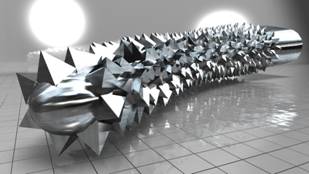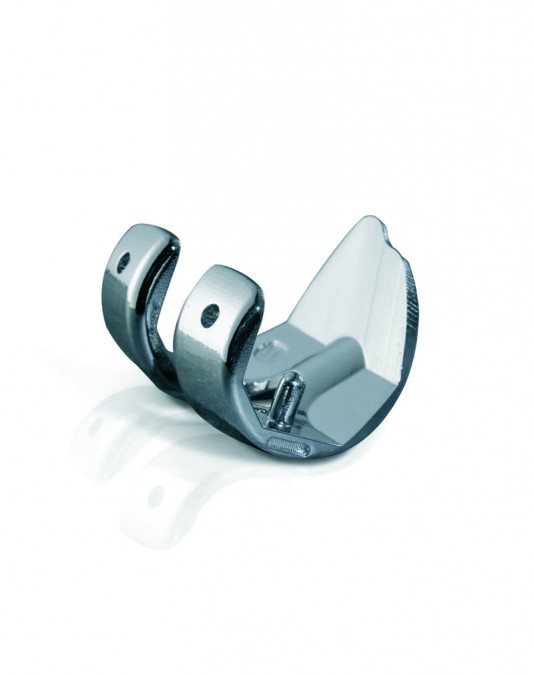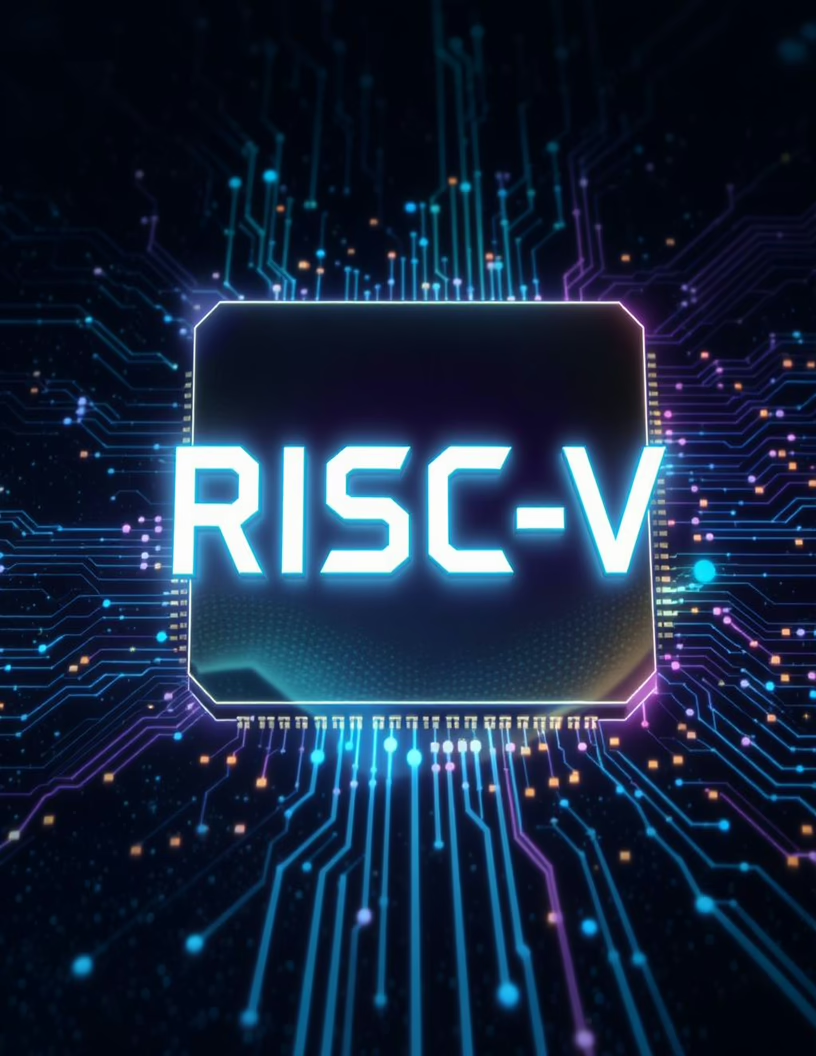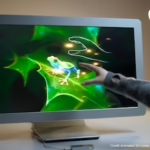The users of EOS 3D printers have gone way beyond prototyping test parts, producing custom products on the cutting edge of 21st Century manufacturing.

Mass customization was dreamed about more than two decades ago as an attainable business strategy to reach individuals with products tailored perfectly to them. But technology constraints and the economics of standardized parts and modularized product lines held sway, resulting in ever-increasing uniformity in such areas as copycat car body “platforms” that reach across brands, and PC boxes of mind-numbing uniformity.
Today some progressive manufacturers are pushing the envelope and realizing the original vision of mass customization using the current generation 3D printing technology. Morris Technologies Inc. (MTI) of Cincinnati and its sister company Rapid Quality Manufacturing (RQM) are one such company. They operate 20 direct metal laser-sintering (DMLS) systems—the most of any organization in the world—from German producer EOS, and are at the forefront of OEMs and service bureaus in defining just what can be made by “growing” custom parts.

MTI was one of the first shops in the US to collaborate closely with major aerospace and medical producers to explore laser-sintering. Now on its way to certifying laser-sintered metals in both fields, the company is making everything from lightweight components for military unmanned aerial vehicles (UAVs) to cobalt-chrome hip replacement prototypes for patients of the future.
Others are creating exotic lattice-like systems in plastics for lighting homes and offices, designer shoes with heels of braided titanium and, soon, cranial implants, knees, and medical instruments designed around the exact geometry of the individual human body and the surgeon’s hands. The wide-open design freedom of laser-sintering systems, for making single parts and meeting low-volume production needs, creates the potential for serving not just doctors and engineers, but also start-up entrepreneurs who want to make clothing, games and consumer goods but don’t own factories or have the resources for risky, high-volume product trials in untapped markets.
“EOS technology has transformed a significant part of our business already,” says Greg Morris, CEO of MTI. “Laser-sintering is opening up whole new categories of opportunities for MTI and RQM, and we’ve expanded our DMLS capacity to more readily meet customers’ needs for rapid turnaround,” he notes.
“Customers are excited and are teaming up with us aggressively to quickly understand the potential of EOS laser-sintering and to test and advance their application concepts,” says Morris. “It’s a race to introduce innovative, bold ideas ahead of others. In ten years, people will look back at today and see the immense impact additive manufacturing has had on industry.”

Laser-sintering is an additive process that melts materials layer-by-layer at high temperatures, until the final—often complex—shape is achieved. Traditional machining, mold/cast or sheet forming technologies either cut away or pour and inject materials, and have well-defined limits that carry over to the geometries and performance characteristics of the products.
By contrast, EOS systems enable the designing-in of higher performance attributes previously unaffordable or even impossible to construct. A mold with cooling channels that snake around the bends and curves of a part is one practical example. What’s more, all this can be done in a “lights out,” automated operation. It’s these new shapes and manufacturing economics, coupled with a devotion to quality and validation, which are behind the company’s recent achievement of reaching an installed base exceeding 1,000 high-end systems worldwide.
“The economic impact of additive manufacturing (AM) is significant, especially considering the opportunities in custom and short-run production,” says Terry Wohlers, industry consultant and analyst. “If one could calculate the monetary impact from the thousands of companies that benefit from AM, it would be in the billions of dollars annually.
“The AM industry has grown in the double digits for 14 of its 23 years,” notes Wohlers. “It continues to have tremendous untapped potential. A product development company may spend from five to ten percent on design and prototyping for a given program. The remaining 90 to 95 percent is spent on production, which is why so many companies are aggressively pursuing this segment of the market.”
In its most recent fiscal year EOS achieved revenue more than €90 million ($124.3 million). The company employs 300 people worldwide, 250 of them in Krailling near Munich, Germany.





